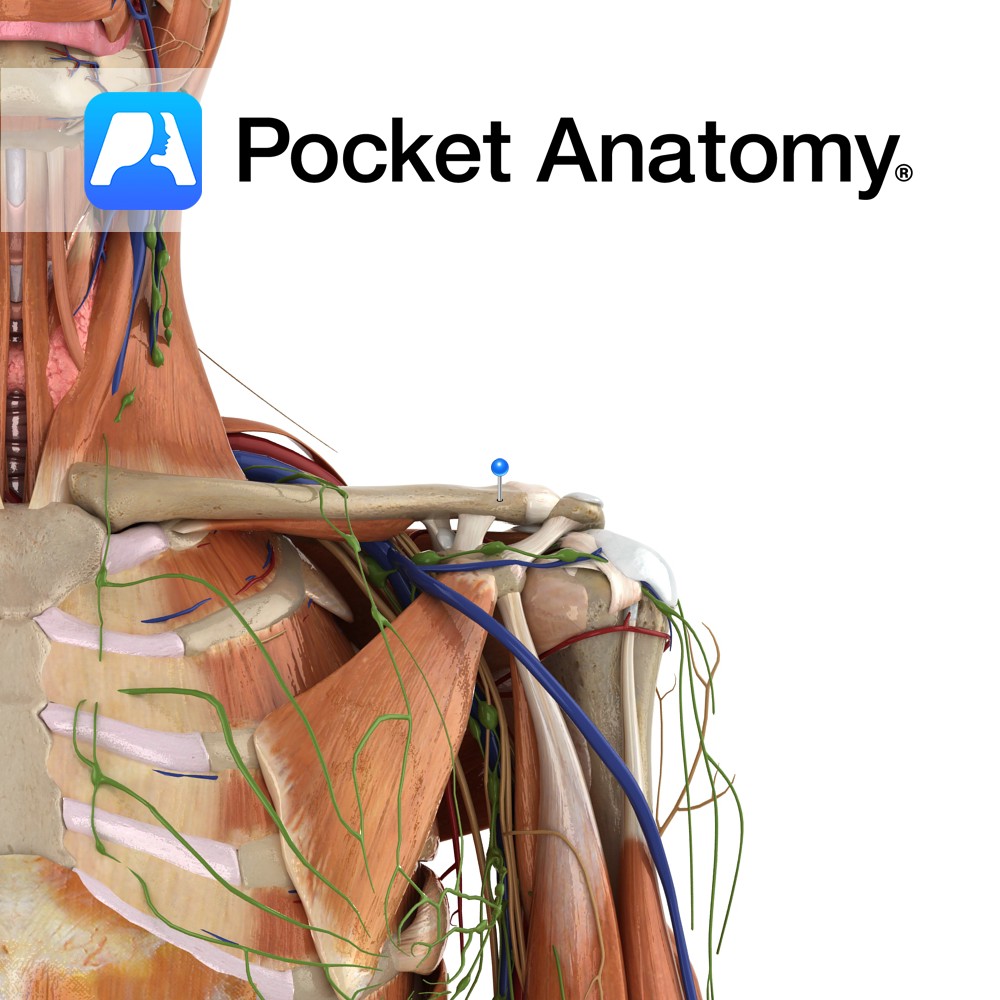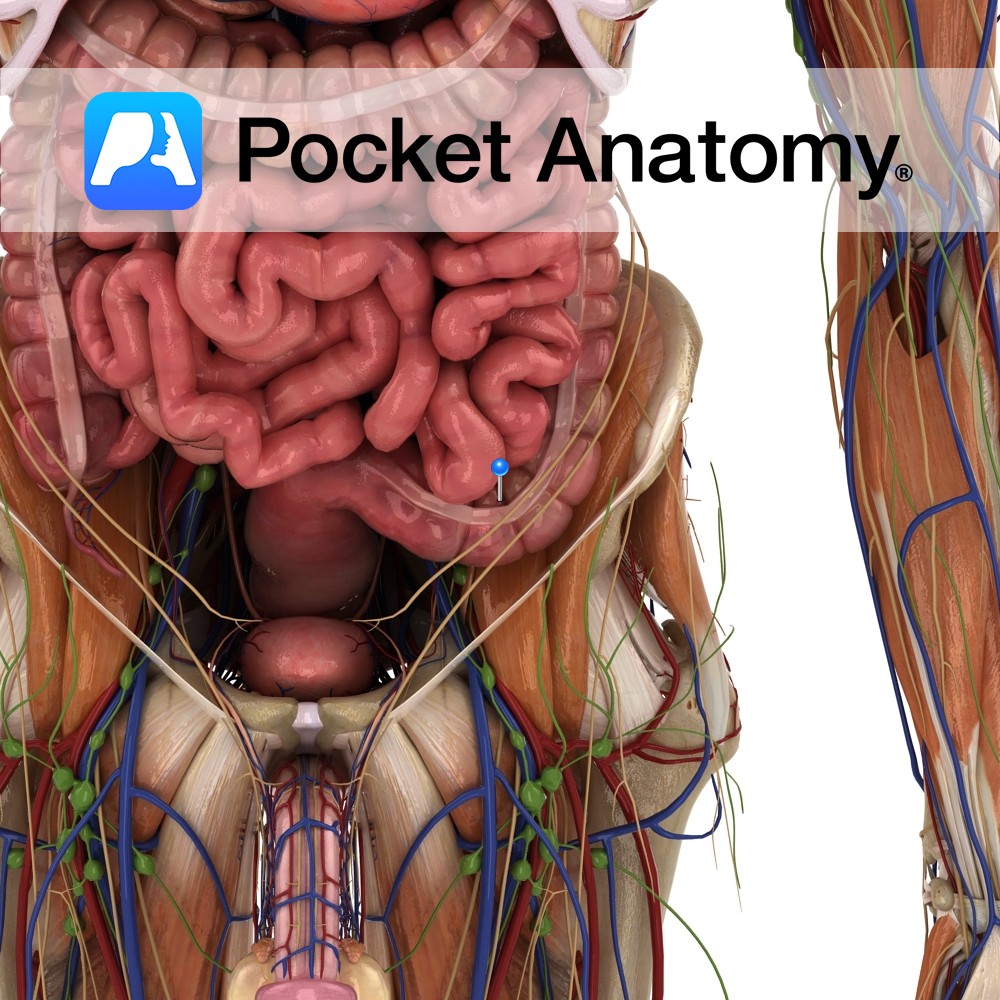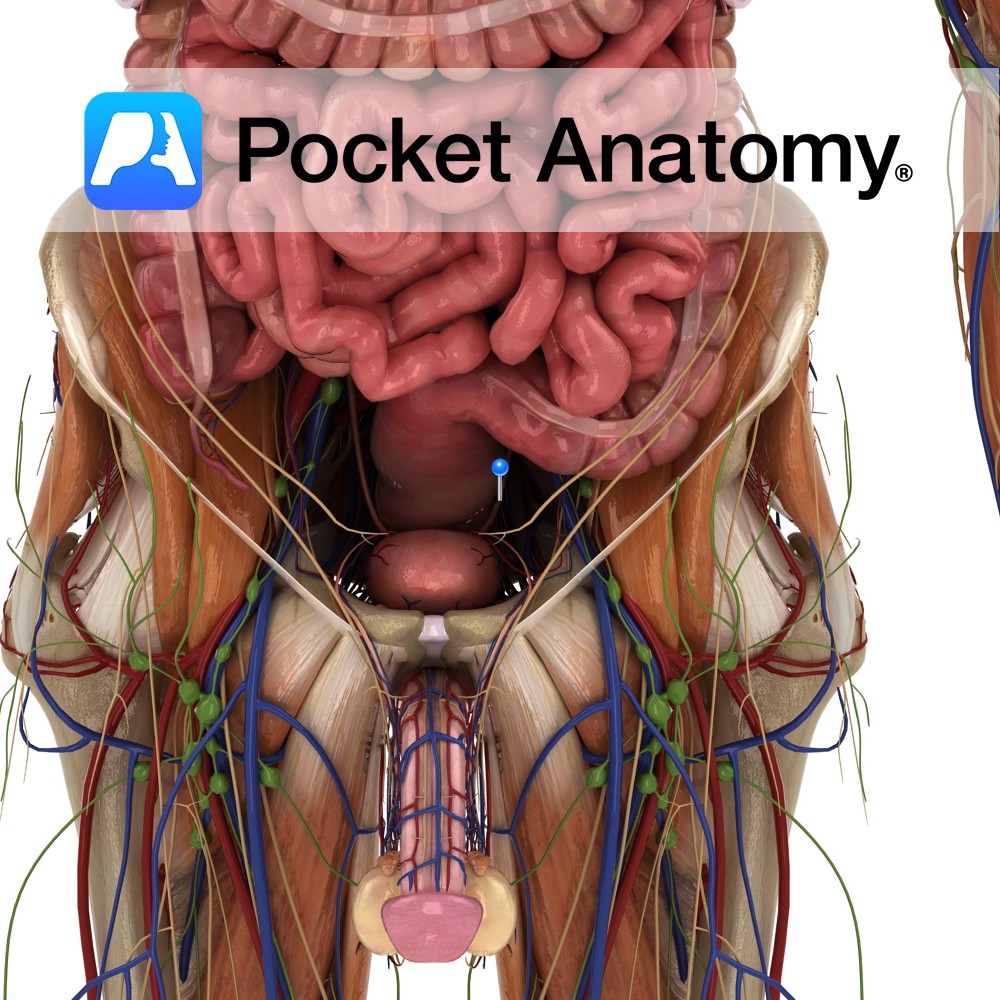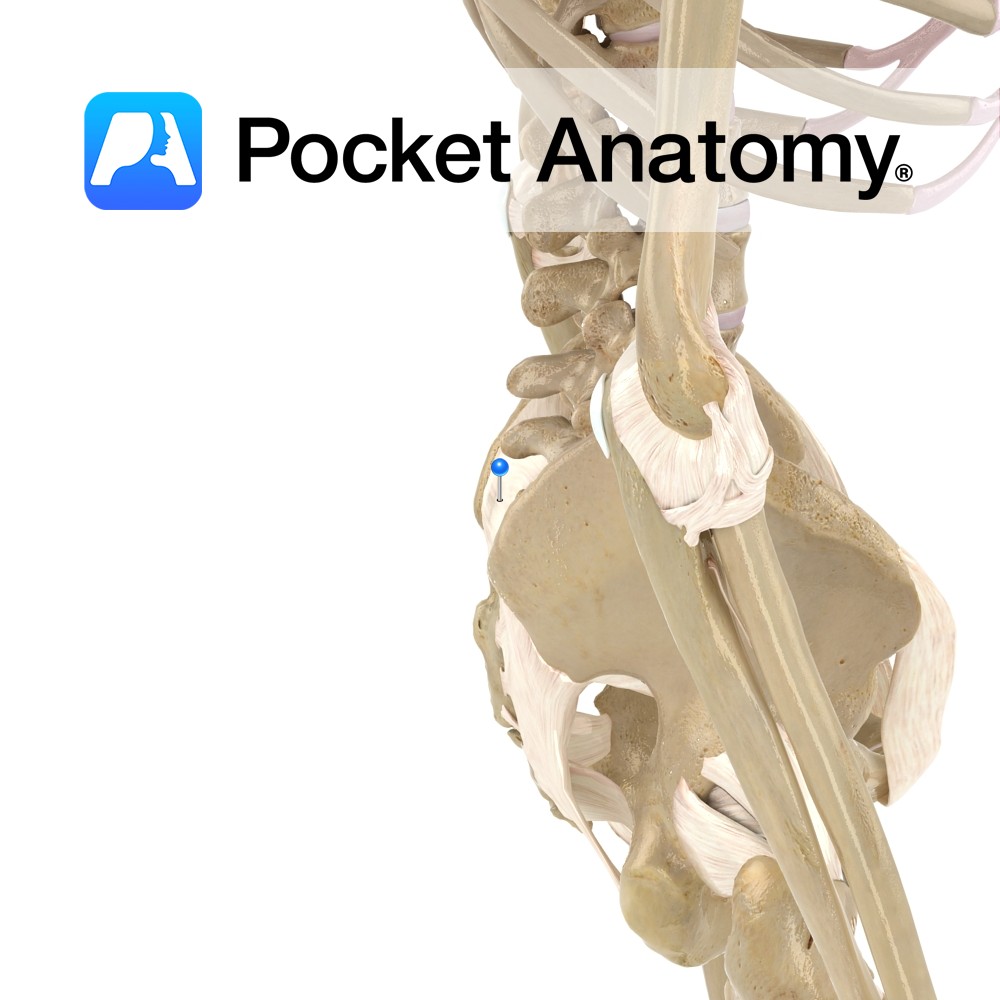Motion
The acromioclavicular joint is classified as a multiaxial synovial plane joint but it is more helpful to think of it as a pivot point. As the name suggests it is the articulation of the acromion of the scapula with the clavicle. It allows you to raise your arms above your head i.e. scapular elevation as well as scapular depression, protraction, retraction, upward and downward rotation.
Stability
The fibrous capsule of the acromioclavicular joint contributes to the joints stability.
The three key ligaments which are important in stabilizing the acromioclavicular joint include:
–Acromioclavicular ligament (superiorly)
-Coracoclavicular ligament (composed of anterior trapezoid and posterior conoid ligaments)
–Coracoacromial ligament
The muscles crossing the joint are also involved in stabilizing the acromioclavicular joint.
Muscles
Elevation:
Trapezius
Levator scapulae
Depression:
Trapezius
Pectoralis minor
Retraction (towards midline):
Trapezius
Rhomboids
Protraction (away from midline):
Pectoralis minor
Serratus anterior
Upward rotation (abduction 90-degree)
Trapezius
Serratus anterior
Downward rotation:
Pectoralis minor.
Clinical
Separated shoulder. A dislocation injury distinct from shoulder dislocation which refers to dislocation at the glenohumeral joint. Common in persons who participate in collision sports such as rugby, ice hockey etc.
Interested in taking our award-winning Pocket Anatomy app for a test drive?





